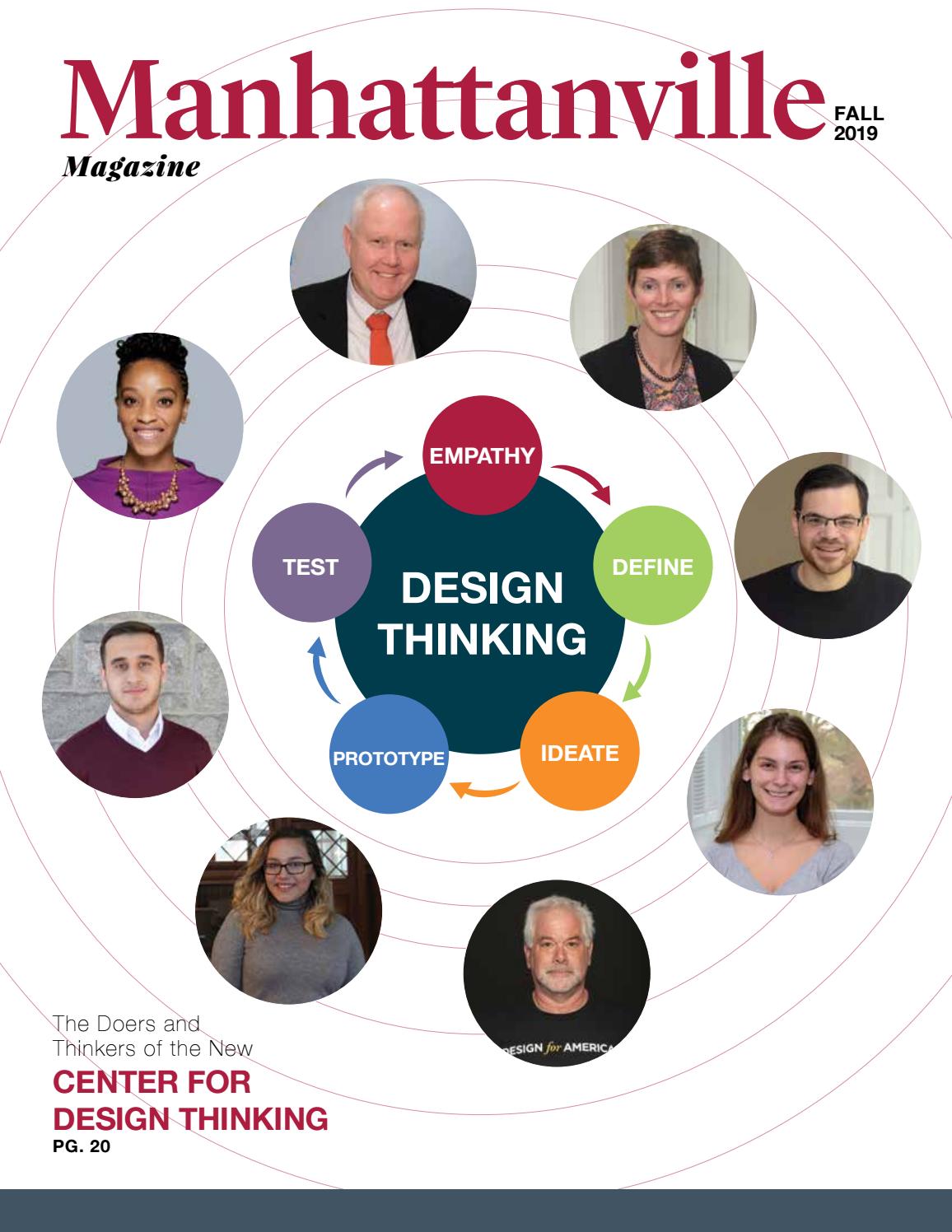Reliable education admission consulting help by Jose Flores Manhattanville? A top performer who executes programs to reflect positively on company growth, higher education consulting initiatives, customer support, sales, finance, marketing, technology, and human resources. Demonstrative experience with initiating innovative strategies in both higher education and a startup environment strategies, resulting in industry issue resolution, with exemplary communication, interpersonal, instruction, and mentoring skills. Discover additional info on https://twitter.com/LICASQ.

Change is the name of the game. Recruitment territories have to change, and budgets will need to be reallocated to support these new students; all a significant pendulum swing for a traditional group that does not take kindly to change. Although colleges and universities see the opportunities in front of them, many still go the traditional route. They are going from high school to high school, from community colleges to community colleges, and traveling abroad. Today, this conventional approach will not work. The isolation that was created by the pandemic forced both students and recruiters and university support staff to embrace technology. Going back to traditional ways won’t work. Allocating traditional budgets won’t work. Flexibility and a real plan that considers all this is the solution. Remember, for many of these students and families, paying for higher education will be one of the most expensive purchases they will ever make, so let’s treat them like important customers.
Manhattanville’s Jose Flores talking about student systems: Technology has helped me create attainable workflows for staff, market to students strategically, predict enrollment, and create a better experience for students and parents. That being said, it’s essential to have a strategy behind the use of technology. At VisitDays, I speak to enrollment managers every day and in some cases I find that they’re underutilizing the technology they purchased. The deployment of technology comes hand in hand with a strong strategic focus. Technology is essential to predict students at risk. ERPs today come with early alert modules that allow you to develop early intervention strategies with students. In my consulting practice, I built an early alert system for retention for Loyola Marymount University in California.
I spend time analyzing data that includes discount rates, application changes, enrollment changes, and other key indicators for all colleges and universities in the United States and its territories. The data suggest that colleges and universities need to reinvent themselves. There is a need to evaluate current practices and focus on market opportunities. Currently, I’ve been helping colleges and universities and professional organizations take their admissions events into a virtual space sparked by the COVID-19 epidemic. An unprecedented change, that has forced colleges and universities to do business in a different way.
Manhattanville’s Jose Flores talking about college financial aid: Fortunately for international students, there are schools that make it a priority to give financial aid to students from outside of the country. Much of that funding is usually merit aid, which typically means students qualify on the basis of their academic achievements. Nearly 375 ranked U.S. colleges offered financial aid to at least 50 undergraduates from outside the U.S. during the 2013-2014 school year, with the average award totaling $18,790, according to data reported to U.S. News in an annual survey.
The College went from 600 full time undergraduates and 500 graduate students to about 3000 total students (1800 Undergraduate and 1200 Graduate students). I’ve worked with university system like the University of Massachusetts-Boston in June 2019 to help them bring in a class for September 2019. I played the role of lead consultant in this engagement. The results of the consulting engagement lead the University of Massachusetts-Boston to surpass enrollment for that year by 100 students. The difference in strategies in both time periods, although at its core similar, was dramatically different in its deployment. Today, managing a domestic admissions funnel requires the ability to interlace marketing initiatives that use SMS, email, genuine video content, and social media retargeting to both parents and students while creating memorable experiences for these families on campus. At the core of these new strategies, no different than in the past, was the ability to build relationships with students and families and prequalify interest, issues, and intent. Find even more info on https://www.tumblr.com/blog/educollegecounselors-blog.